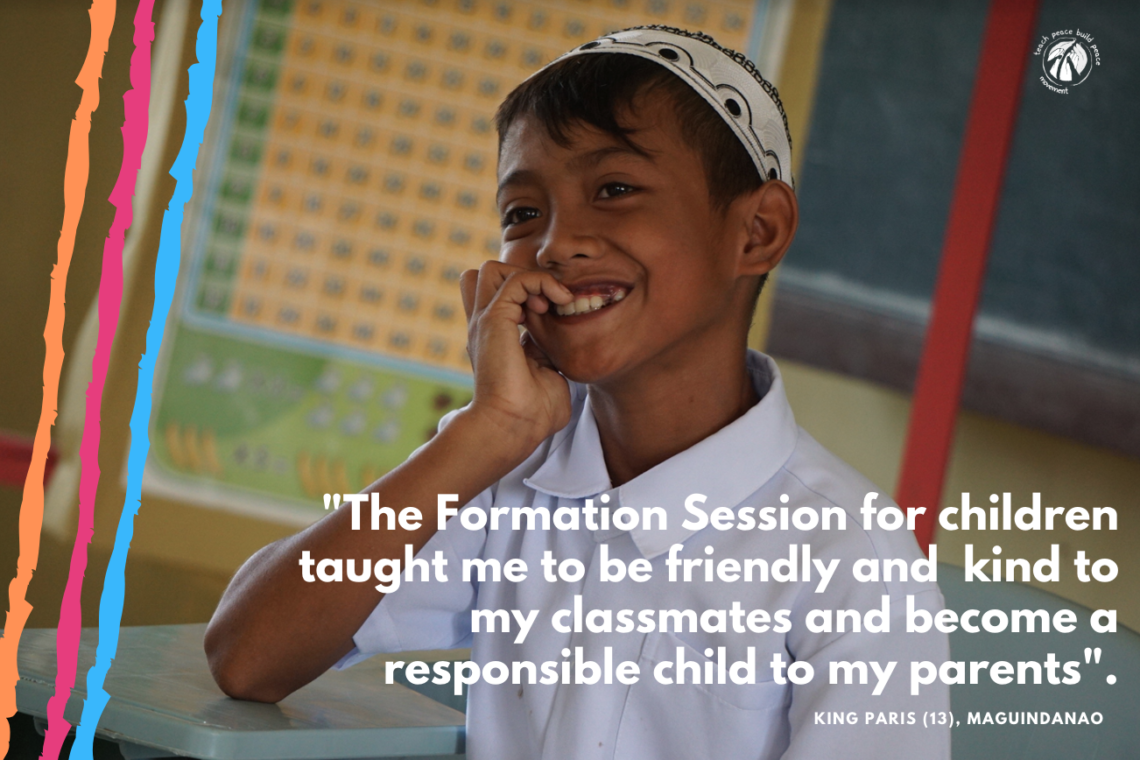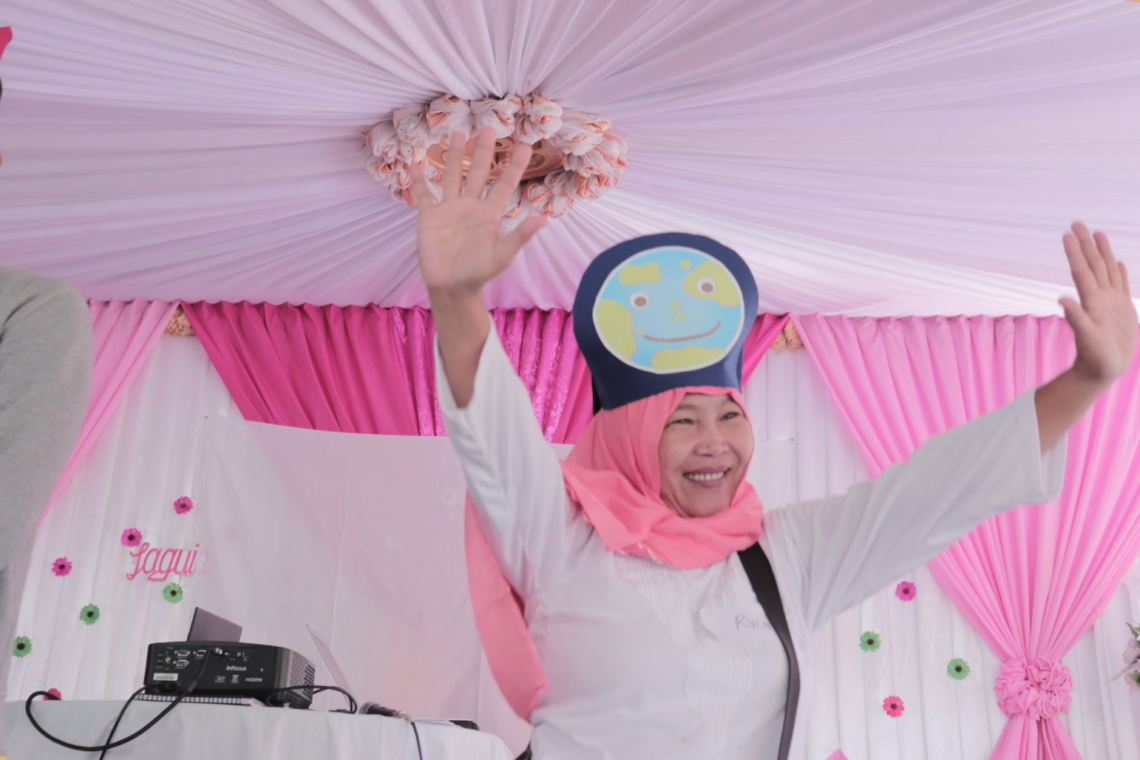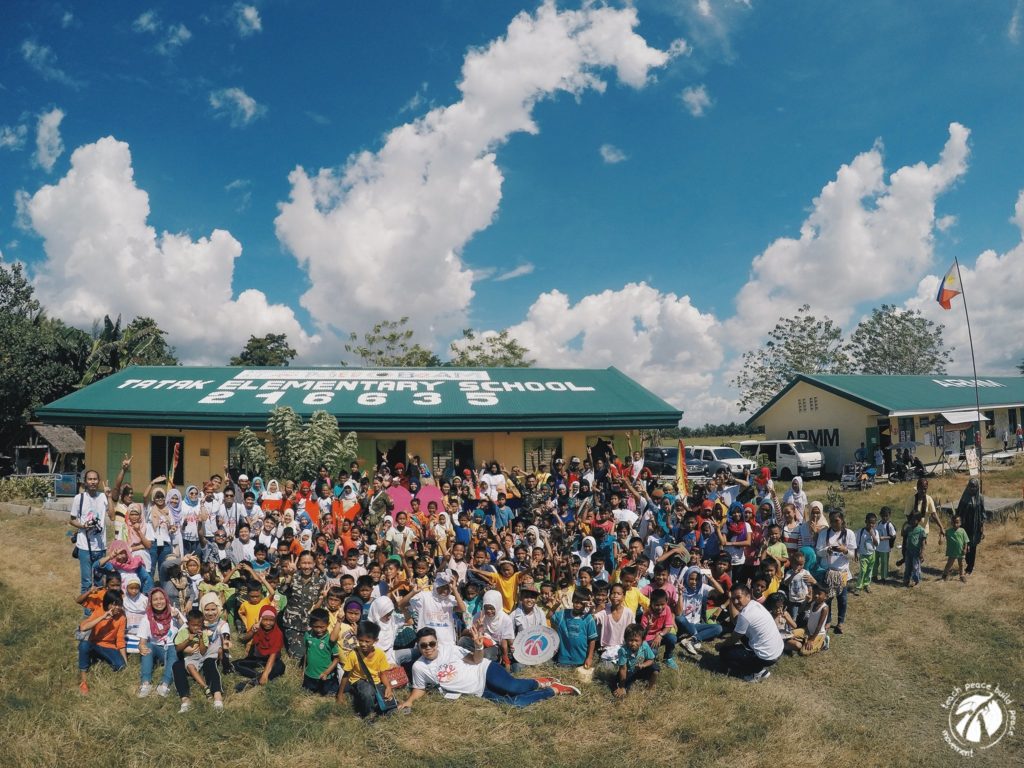A warzone is also the last place you’d want to raise a child in.
For the students and teachers of Tatak Elementary in Mamasapano just a few years ago, and the chance of a bomb dropping was their normal. Living in constant fear of getting hit by a stray bullet is not how any person should live, but the residents of that area have no choice but to endure.
While this environment of war and conflict can be a traumatic experience for anyone regardless of age, it is the children who are most likely to be affected.
King Paris Ambolodto, a student from Tatak, recalls that time sadly: “Dati pag may bomba kaya di nakakapagaral dahil natatakot ang mga teachers sa school, at natakot matamaan ng ligaw na bala.”
(Before when there were bombs, we couldn’t study because our teachers were scared. They were scared of getting hit by stray bullets.)
King Paris is just one of the many students who have undergone Teach Peace Build Peace’s Peace Heroes Formation Program. The program aims to use creative and innovative ways to teach and build a culture of peace in these conflict areas.
These sessions don’t attempt to address war head on – instead, they use existing social structures, such as family and school to nurture loving hearts and spread the importance of peace in our everyday lives. Usually, this begins within the classroom, with lessons that explain why fighting is bad, and why kindness and respect for one another is needed to keep the peace.
At school, King Paris used to participate in playful fights with his classmates that sometimes wouldn’t end well. “May napipikon sa classmate, may umiiyak,” he says.
(Some of my classmates end up easily angered by the jokes and eventually cry.)
After attending the formation sessions, King Paris says that he learned to be friendlier to his friends and family, avoiding any kind of fighting. He even extends kindness to others, volunteering to clean up after class and even bringing food to his lola (grandma) who lives nearby. Sometimes, he helps his mother wash clothes.
While it is difficult to control the situations in which these children are brought up, teaching them to become peace heroes is one way to prevent the transformation of conflict into violence and war.
PEACE HEROES FORMATION PROGRAM
The Peace Heroes Formation (PHF) Program provides a holistic approach to Peace Education by incorporating Conflict Prevention, Conflict Transformation, and Proactive Citizenship Peace Building. It was designed to apply creative and innovative ways and approaches in teaching about knowledge, skills, attitudes, values, and behavior towards a Culture of Peace. It aims to bring about behavior change that prevents the transformation of conflict into violence and war. This program also hopes to show the relevance of Peace Education in our society, and be able to contribute to ways on how to institutionalize educating schools and communities on the art of peaceful living. TPBPM utilizes existing social structures such as family, school, and communities as the primary niche in nurturing the heart of a child to be a Peace Hero.




